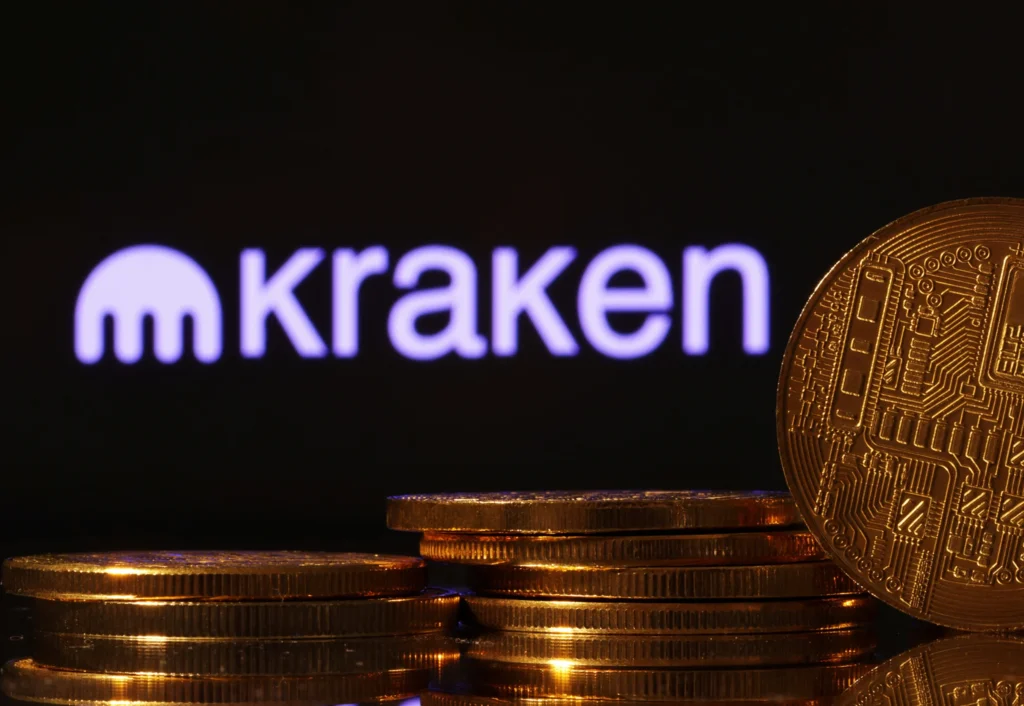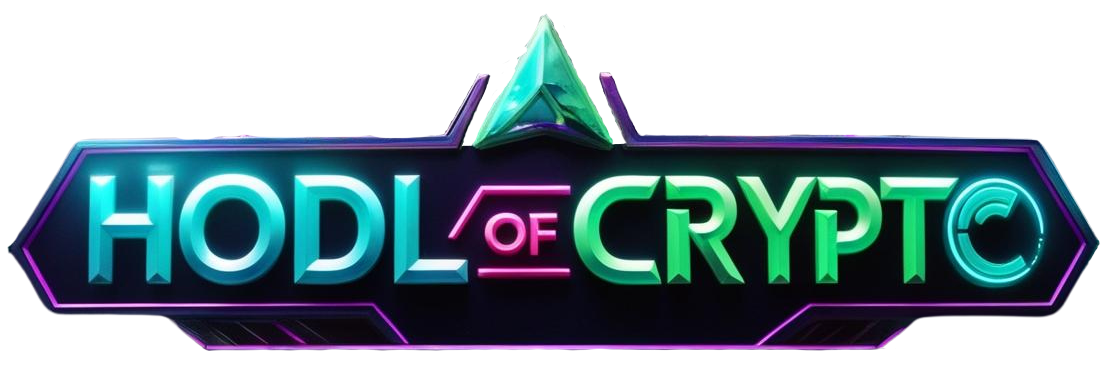Let’s say you’ve just discovered crypto arbitrage. It sounds exciting—buy Bitcoin cheaper on one platform, sell it at a higher price on another, and pocket the difference. So… what if you actually tried it?
Let’s walk through that possibility together—risks, rewards, and all.
Scenario 1: You Spot a Spread


You’re sipping your morning coffee and see Bitcoin is $40,000 on Binance and $40,150 on Coinbase. That’s a $150 difference. You think: “Easy money.”
You transfer funds to Binance, buy the BTC, and quickly send it to Coinbase to sell.
What could go right:
- The spread holds.
- Network congestion is low.
- You sell at $40,150 and make a smooth $150 (minus fees).
What could go wrong:
- Transfer takes too long and the price equalizes.
- Fees (withdrawal, deposit, trading) eat up most or all your profit.
- Your sell order can’t fill fast enough due to low liquidity.
Bottom line:
It could work—but you need speed, luck, and smart execution.
Scenario 2: You Try Triangular Arbitrage


Now you’re feeling adventurous. You stay on Binance, starting with BTC. You trade BTC → ETH → USDT → BTC, hoping the price fluctuations give you a bonus return.
What could go right:
- Fast internal trades mean no blockchain delays.
- The math works out—you end up with slightly more BTC than you started with.
What could go wrong:
- High slippage or miscalculation ruins the cycle.
- Trading fees multiply across each leg of the trade.
- The final BTC amount is less than you started with.
Bottom line:
Profitable, but only if you’re precise—and quick.
Scenario 3: You Go DeFi Hunting


You dive into DeFi, spotting price gaps between Uniswap and Kraken. You try buying a token on Kraken, then selling it instantly on Uniswap for a gain.
What could go right:
- The price gap is huge.
- You complete the trade using a bot or flash loan.
- You pocket serious profits in seconds.
What could go wrong:
- Gas fees spike.
- The DeFi pool lacks liquidity and your trade fails.
- Smart contract risk wipes out your gains—or your entire balance.
Bottom line:
High risk, high reward. Definitely not for the faint of heart.
Crypto Arbitrage: What If You Stick With It?
You build a bot. You refine your strategy. You study market patterns. Maybe you even scale up with multiple exchange accounts and liquidity pools.
Could you profit long-term?
Yes—but not without setbacks, missed trades, and possibly a few hard lessons. It’s a grind, not a gold rush.
Checklist: What You’d Need in This Hypothetical Adventure
- Accounts on 2–3 top exchanges (Binance, Kraken, KuCoin, Coinbase)
- Knowledge of all fee structures
- Real-time monitoring tools or custom-built bots
- Small test trades to learn the ropes
- Awareness of your local crypto regulations
Final Thoughts: Is the Crypto Arbitrage Dream Still Alive?
What if you go for it? There’s still money to be made. But forget the get-rich-quick fantasy—crypto arbitrage in 2025 is about speed, strategy, and calculated risk. If you’re wired for problem-solving and enjoy market chaos, this path might just be your kind of challenge.
Just remember: in crypto, even “easy” money has strings attached.
Relevant News: HERE











